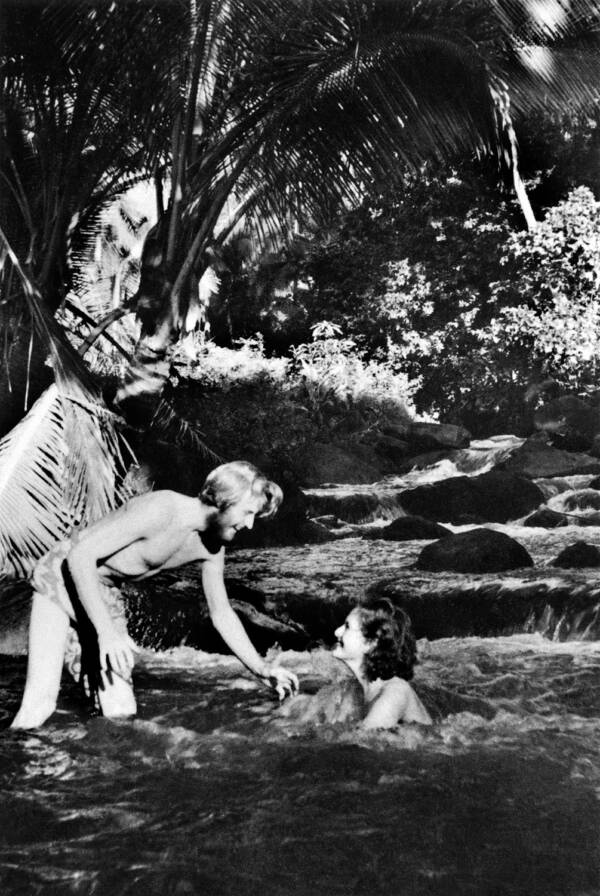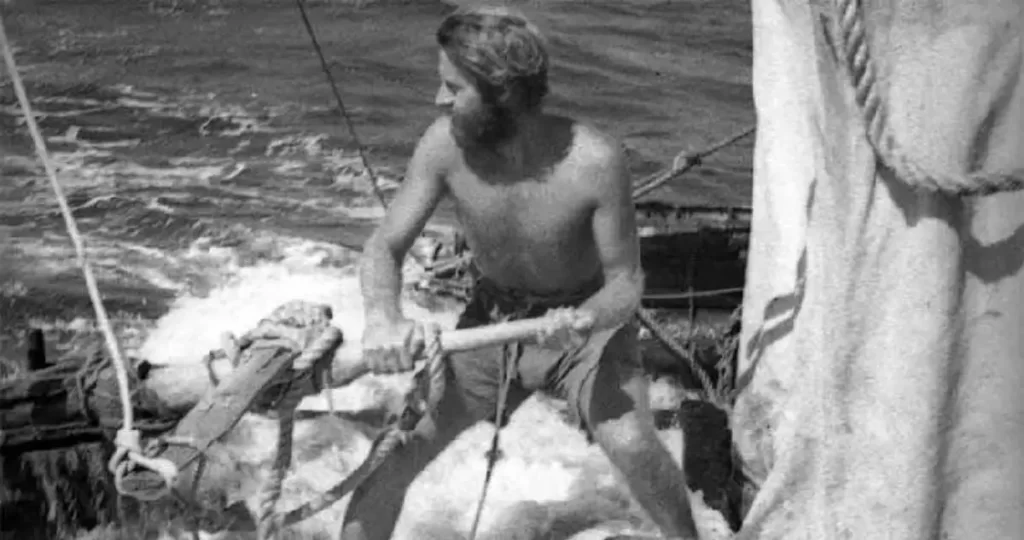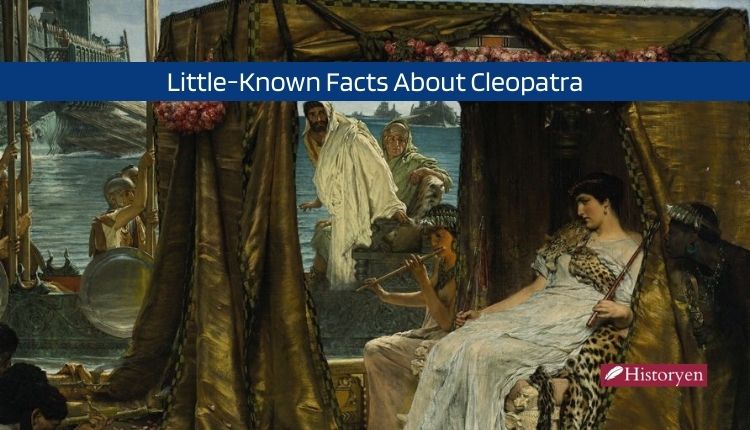Thor Heyerdahl, a Norwegian adventurer and anthropologist, achieved global fame with his extraordinary journey across the Pacific Ocean. This article delves into the remarkable story of Heyerdahl and his successful voyage covering 4,300 miles on a simple raft named Kon-Tiki. Join us on this captivating adventure that combines daring exploration, scientific curiosity, and the enduring spirit of human determination.
Introduction
Thor Heyerdahl’s name resonates with adventure and exploration. His audacious quest to prove ancient migration theories and push the boundaries of human achievement captured the world’s attention. In this article, we delve into the life of Thor Heyerdahl and the monumental Kon-Tiki expedition that propelled him to international fame.
Early Life and Inspiration
Born on October 6, 1914, in Larvik, Norway, Thor Heyerdahl grew up with a deep curiosity about the world. From a young age, he developed a fascination with anthropology and the mysteries of ancient civilizations. Heyerdahl’s thirst for knowledge led him to study cultural anthropology and biology at the University of Oslo.
The Kon-Tiki Expedition

In 1947, Heyerdahl embarked on his most audacious adventure yet—the Kon-Tiki expedition. Inspired by his theory that Polynesia was settled by South Americans, Heyerdahl aimed to prove that pre-Columbian civilizations had the capability to cross vast oceans.
Heyerdahl, along with five other crew members, constructed a primitive raft using traditional materials and techniques similar to those of ancient civilizations. The 30-ton balsa wood raft, named Kon-Tiki after an Incan sun god, became their vessel for the daring journey.
The Pacific Crossing

Departing from Callao, Peru, on April 28, 1947, Heyerdahl and his crew embarked on a perilous 101-day journey across the Pacific Ocean. Navigating solely by the stars, ocean currents, and traditional methods, they braved treacherous weather conditions, shark-infested waters, and the constant threat of capsizing.
The crew encountered breathtaking marine life, including magnificent whales and schools of curious fish. They faced intense sun exposure, saltwater sores, and a constant battle for fresh water and food supplies. Yet, their unwavering determination and camaraderie helped them overcome the challenges.
Scientific Significance

Heyerdahl’s expedition aimed to support his theory that Polynesia was settled by ancient South Americans, challenging prevailing beliefs of the time. By successfully crossing the Pacific on a primitive raft, he sought to demonstrate the plausibility of ancient transoceanic voyages.
The Kon-Tiki expedition sparked significant debates among scholars, archaeologists, and anthropologists. While some embraced Heyerdahl’s theories, others criticized his approach and conclusions. Nonetheless, the expedition stimulated scientific exploration and inspired a new generation of adventurers.
Legacy and Recognition

The Kon-Tiki expedition catapulted Heyerdahl to international acclaim. In 1951, he published his book “The Kon-Tiki Expedition: By Raft Across the South Seas,” which became a bestseller and was translated into numerous languages. The subsequent documentary and feature film further amplified his global recognition.
Heyerdahl received several prestigious awards, including the French Legion of Honor, for his groundbreaking achievements. His courage, determination, and unwavering pursuit of knowledge left an indelible mark on the world of exploration and anthropology.
Impact on Thor Heyerdahl’s Life

The success of the Kon-Tiki expedition propelled Heyerdahl into a lifelong quest for adventure and exploration. Over the years, he led numerous expeditions, including the Ra, Tigris, and Tùcume projects. Heyerdahl’s work broadened our understanding of ancient seafaring civilizations and stimulated new avenues of research.
Conclusion
Thor Heyerdahl’s journey aboard the Kon-Tiki raft remains an enduring symbol of human courage, curiosity, and the indomitable human spirit. His expedition challenged established theories, encouraged scientific inquiry, and sparked the imagination of people around the globe. Heyerdahl’s legacy lives on, inspiring future generations of explorers and reminding us of the remarkable feats that can be achieved through unwavering determination.
FAQs
No, Thor Heyerdahl was not the first person to cross the Pacific on a raft. However, his Kon-Tiki expedition was one of the most famous and significant journeys of its kind.
The Kon-Tiki expedition lasted for 101 days, starting from April 28, 1947, and ending on August 7, 1947.
No, the Kon-Tiki raft did not reach its intended destination of the Polynesian islands. It drifted across the Pacific and finally landed on a reef near the Tuamotu Islands.
Thor Heyerdahl and his crew encountered various dangers during the journey, including severe storms, shark attacks, exposure to harsh weather conditions, and the constant risk of the raft capsizing.
Thor Heyerdahl aimed to prove that ancient South Americans could have settled Polynesia through transoceanic voyages. He challenged the prevailing belief that Polynesia was populated solely by Asian migration and suggested that ancient civilizations had the knowledge and capability to traverse vast oceans.



